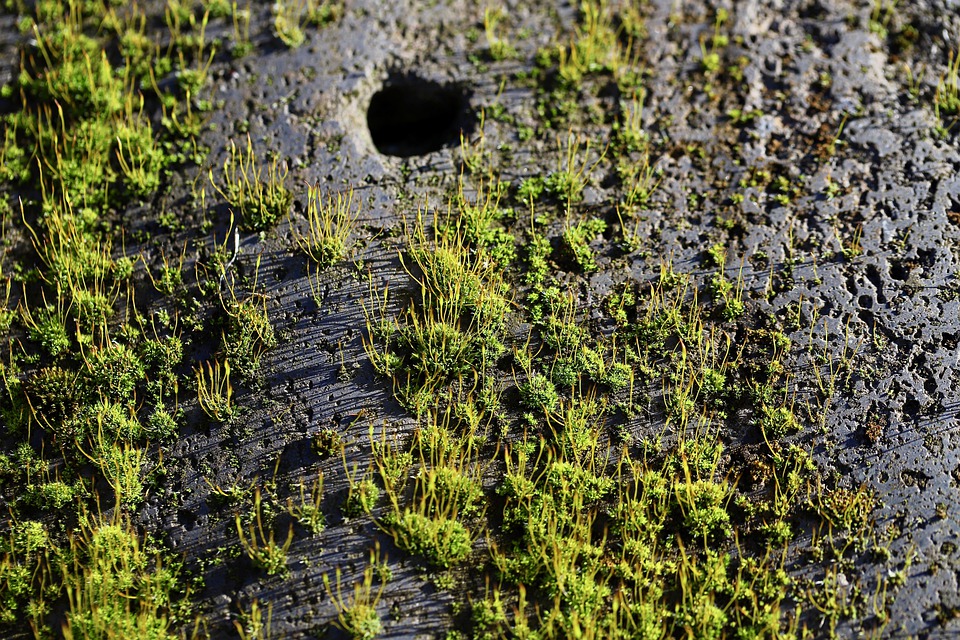Twisting Wonders: The High-Speed Science of Tornado Formation
[image: an aerial view of a twister forming over a field]
Introduction
From the gentle spiraling of a leaf being carried away by the wind to the devastating aftermath of a powerful tornado, these high-speed weather phenomena have captured the curiosity of scientists and the public alike. Tornadoes are some of the most intriguing and misunderstood elements of nature. Join us today as we delve into the mechanics of tornado formation, exploring how these swirling forces come to life.
The Seeds of Turbulence: Tornado Genesis
The stage for a tornado is often set by the ever-changing patterns of global airflows, where one scenario could result in life-giving rain while another conjures up the awe of a twister. It usually begins with a unique combination of conditions that set the scene for a tornado’s birth. Warm, moist air, often from the Gulf of Mexico, mixes with cooler, drier air, often from Canada or the Rockies. This creates an unstable atmosphere ripe for severe weather.
The role of wind shear is crucial to tornado genesis. Wind shear is the difference in wind direction and speed with height. When this causes the winds to change direction with altitude, it creates a rolling motion within the atmosphere. Provided with this swirling column, the updrafts of warm, moist air can be captured and turn this rolling motion into a spinning column. This is how a tornado is born.
Mesocyclone Meets Supercell: The Engine of Destruction
Once a rotating updraft is established, it can lead to the formation of a mesocyclone or a rotating region of thunderstorms. This turbulent mix of rising air is the engine behind severe thunderstorms, or more specifically, supercells. Supercells are the crucibles of the most fearsome tornadoes, characterized by a deep, persistent, and rotating updraft. As these supercells grow larger, they inevitably produce tornadoes.
No two tornadoes are the same. Depending on the environmental conditions, each tornado can display different characteristics concerning their intensity, duration, and path of destruction. To classify these twisters, meteorologists have developed The Enhanced Fujita Scale (EF-scale), which ranks tornadoes from EF0 to EF5 based on the damage they cause.
Pitching by the Numbers: Increasing Understanding Through Research
As much as we’d like to believe that we can predict when and where a tornado will form, the reality is that it’s an ongoing and complex science. However, with every twister that touches down, researchers gain invaluable data to further understand how tornadoes work.
By analyzing the size, shape, and damage patterns of tornadoes, scientists can paint a clearer picture of what separates the weak EF0 from an EF5 monster. Beyond that, meteorologists can learn how environmental factors, such as changes in air temperature, humidity, and pressure, impact tornado formation and intensity.
FAQs
Q: How does a tornado form?
A: A tornado forms when warm, moist air mixes with cool, dry air, causing an unstable atmosphere. Wind shear, which is the change of wind direction and speed with height, creates a rolling motion that, under favorable conditions, can develop into a spinning updraft known as a mesocyclone. This leads to the formation of supercells, which can produce tornadoes.
Q: What is a supercell?
A: A supercell is a large, rotating thunderstorm that is characterized by a deep, persistent, and rotating updraft called a mesocyclone. Supercells can cause severe weather, such as large hail, strong winds, and tornadoes, and are known for producing damaging straight-line winds and large hail.
Q: Can we predict tornadoes?
A: While it is challenging to predict exactly when and where tornadoes will form, meteorologists can identify conditions that may lead to tornadoes and issue tornado watches or warnings to keep the public alerted.
Q: Where do tornadoes form?
A: Tornadoes can form anywhere in the world, but they are most common in the United States, particularly in an area known as “Tornado Alley.” Tornado Alley stretches from Texas to Minnesota and is known for its frequent severe weather activity.
Q: How are tornadoes classified?
A: Tornadoes are classified using the Enhanced Fujita Scale (EF-scale), which ranges from EF0 to EF5. The classification is based on the damage a tornado causes, rather than its wind speed. For example, an EF0 tornado would cause minor tree damage, while an EF5 tornado would cause incredible devastation, such as leveling well-built houses.
In conclusion, the high-speed, twisty dance that is tornado formation is a phenomenon of sheer wonder and power. While they often inflict devastation upon the landscapes they cross, these natural occurrences continue to twirl our curiosity as we strive to understand the geological and atmospheric forces at play.



